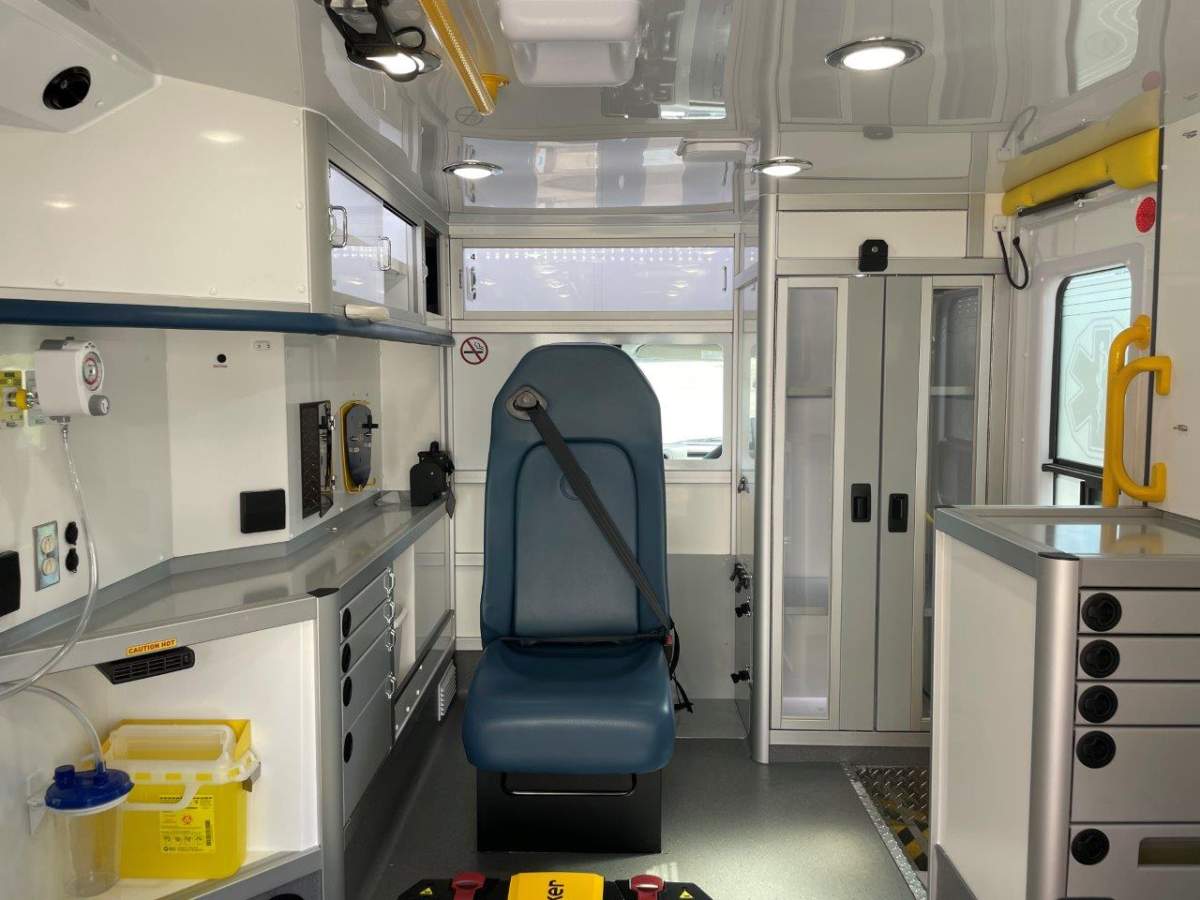Nova Scotia has leased 146 ambulances that will be on the road next month, the province announced in a news release Wednesday.

The provincial government has signed a 10-year, $48.8-million contract with Yarmouth-based custom vehicle manufacturer Tri-Star Industries to lease the new ambulances.
“In an emergency, Nova Scotians want high-quality ambulances that are well-equipped and safe,” said Health and Wellness Minister Michelle Thompson in the release.
“The mix of vehicles is based on call volume and type and will ensure we are using our resources efficiently so Nova Scotians can get the care they need more quickly.”
The release said the ambulances were designed with input from paramedics “to ensure they are ergonomically designed for increased efficiency and safety.”
They will feature power loaders and power stretchers to help paramedics lift patients, updated interior and exterior lighting for safety, interior cabinets to accommodate upgrades to paramedic equipment, radio frequency identification systems to tag and track equipment, a longer wheelbase and patient compartment, and rear backup cameras.
Under the agreement with Tri-Star, the province also plans to expand the Emergency Health Services fleet of patient transfer units and single-paramedic response units, though the number of those vehicles has yet to be determined.

Get weekly health news
Patient transfer units are used to transport patients who are not critical or urgent between health-care facilities, and the release said having more of these units will free up ambulances and paramedics to focus on emergency care.
The province recently announced it would hire 100 more transport operators across the province.
Single-paramedic units respond to low acuity calls where patients are experiencing minor illness. “Because ambulances are staffed by two paramedics, the single units free up ambulances and other paramedics to focus on emergency care,” the release said.
According to the province, in 2021, EHS responded to 182,000 calls, which works out to an average of 500 per day. About 30 per cent of the calls did not require medical care during transport.
- Ontario influenza ICU admissions up 127% in past week, hospital association warns
- 3 kids die from influenza A-related complications since start of December in Ontario
- Hanukkah begins this weekend. What to know and how it’s celebrated
- Almost 200 children conceived from sperm donor with cancer-causing gene









Comments